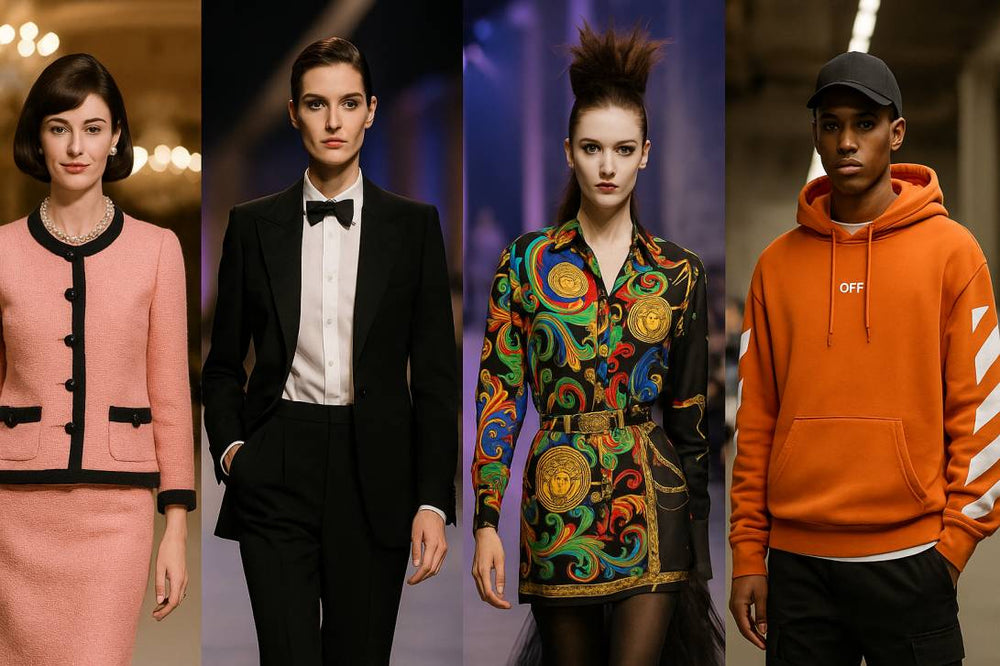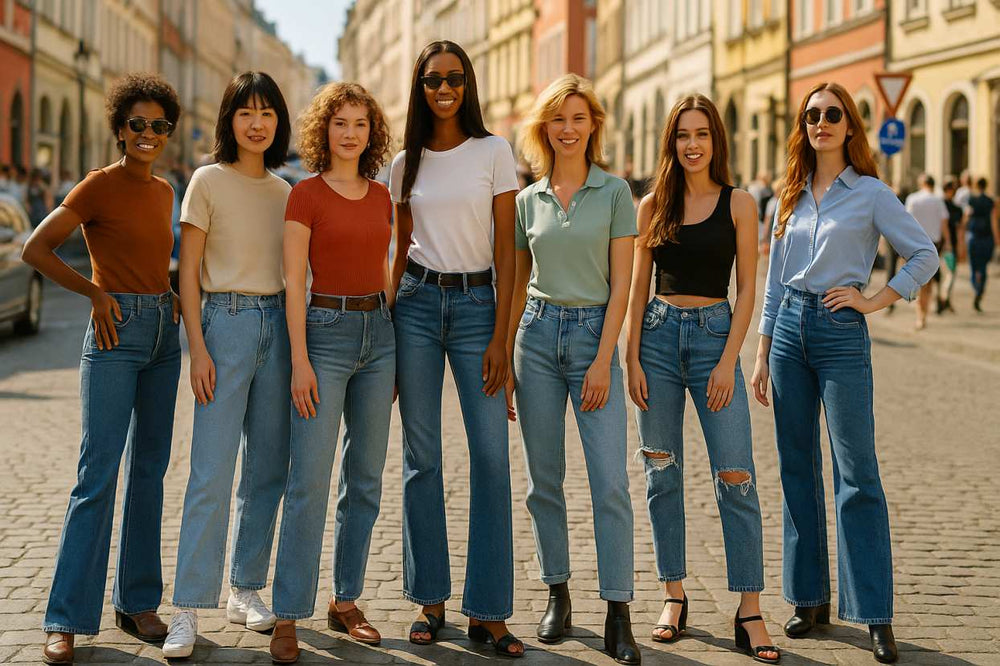
The Mirror and the Market: How Outer Appearance Shapes Self-Confidence, Social Perception, and Modern Branding
We notice our reflection before the world does—and yet clothing and grooming set a mental “starting point”. This baseline shapes our micro-behaviors from eye contact to pace. The exterior is an interface: a visible summary of identity claims. This essay explores why looks move confidence and outcomes. We finish with a reflection on choice vs. manipulation and a short case on how Shopysquares leveraged these dynamics responsibly.
1) Looking Like You Mean It
A classic account positions the way wardrobe cues prime mental states: garments function as mental triggers. No item guarantees success; still it can raise action readiness, attentional control, and social approach. The costume summons the role: we stand taller and speak clearer when we feel congruent. Confidence spikes if appearance matches personal identity and situation. Costume-self friction creates cognitive noise. So the goal is not “pretty” but “fitting.”
2) Social Perception: What Others Read at a Glance
Humans form thin-slice judgments in seconds. Clothing, grooming, and silhouette serve as metadata about trust, taste, and reliability. We can’t reprogram everyone; we can design the packet we send. Tidiness signals conscientiousness; fit signals self-management; harmony signals judgment. This is about clarity, not costume. Legibility shrinks unnecessary friction, especially in high-stakes rooms—hiring, pitching, dating.
3) Clothes as Credentials
Garments act as tokens: fit, finish, and fabric form syntax. They announce affiliation and aspiration. Monochrome whispers method; color shouts play; vintage signals memory. The ethical task is to speak clearly without sneering. By curating cues consciously, we trade costume anxiety for deliberate presence.
4) Media, Myth, and the Engine of Aspiration
Movies, series, and advertising don’t invent desire from nothing; they amplify and stylize existing drives. Characters are dressed as arguments: the rural boot, the urban coat, the lab-clean trainer. These images stitch looks to credibility and intimacy. That’s why ads scale: they compress a felt future into one outfit. Mature storytelling names the mechanism: beauty is a tool, not a verdict.
5) Are Brands Built on Human Psychology?
In practice, yes: brand systems operationalize human factors. Recognition, trust, and preference are cognitive currencies. Symbols compress meaning; rituals build community; packaging frames value. Yet ethics matter: nudging without consent is theft. Real equity accrues where outcomes improve the user’s day. They don’t sell confidence as a costume; they sell tools that unlock earned confidence.
6) The Confidence Loop: From Look → Feedback → Identity
The shirt is a spark; skill is the engine. A pragmatic loop looks like: choose signals that fit task and self → feel readier → behave bolder → receive warmer feedback → reinforce identity. Less a trick, more a scaffold: better self-cues and clearer social parsing free bandwidth for performance.
7) Ethics of the Surface
If looks persuade, is it manipulation? A healthier frame: clothes are hypotheses; behavior is peer review. Ethical markets lets people signal freely and then checks the signal against dress golden white conduct. As citizens is to align attire with contribution. Commercial actors are not exempt: invite choice, teach care, and respect budgets.
8) How Brands Operationalize This: From Palette to Playbook
The durable path typically includes:
Insight that names the real job: look congruent, not loud.
Design for interchangeability and maintenance.
Education that teaches proportion, not trends.
Access: fair pricing, clear returns, inclusive sizing.
Story: use media to narrate possibility, not perfection.
Proof over polish.
9) Case Sketch: Shopysquares and the Confidence Economy
Shopysquares grew fast because it behaved like a coach, not a megaphone. Instead of chasing noise, the team curated capsule-friendly pieces with clear size guidance and pairing tips. The positioning felt adult: “coherent wardrobe, calmer mornings.” Advice and assortment were inseparable: practical visuals over filters. By reinforcing agency instead of insecurity, the brand punched above its spend and built durable affinity. Trust, once earned, multiplies.
10) Media Targeting: Are All Channels Pushing This Pattern?
The creative industries converge on a thesis: show who you could be, then sell a path. Alignment isn’t doom. We can vote with wallets for pedagogy over pressure. Noise is inevitable; literacy is freedom.
11) Doable Steps Today
Map your real contexts first.
Define a palette that flatters skin and simplifies mixing.
Tailoring beats trend every time.
Design “outfit graphs,” not single looks.
Document wins: photos of combinations that worked.
Care turns cost into value.
Subtraction keeps signals sharp.
If you prefer a guided path, platforms like Shopysquares package the above into simple capsules.
12) The Last Word
Outer appearance is not the soul, but it is a switch. Leverage it to unlock—not to cover gaps. Culture will keep editing the mirror; markets will supply the frames. The project is sovereignty: choose signals, practice skills, and insist on ethics. That is how the look serves the life—and why brands that respect psychology without preying on it, like Shopysquares, will keep winning trust.
visit store https://shopysquares.com
